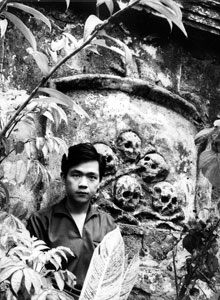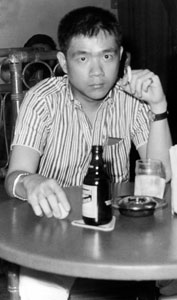26 October 2009: Speak English…Or Else!
Dallas police officers issued 38 citations in the past three years to drivers not only for traffic violations but also because they were “non-English speaking.” It isn’t clear from the news report exactly what these traffic violations were, and why knowledge of English might be important or even crucial. Perhaps the drivers could not decipher the meaning of the words, “Slower traffic must use the right lane.” Or maybe they saw but did not understand the sign, crossing the border into the United States, which said, “Abandon hope all ye who enter here.”
At the Jesuit elementary school I attended in Manila, we were not allowed to speak anything but English while we were on school grounds. Kids who snitched on their classmates caught speaking Tagalog or Spanish or Chinese were rewarded 25 centavos for every name they turned in, and those among us who were “on the list” got our palms smacked publicly by the priests. Under this system, we all learned to speak English, quickly, but to this day I don’t know whether to thank or curse those priests from my childhood. My guess is that they all left the priesthood, got married and moved to Texas, had children and grandchildren who are now all police officers in Dallas.













